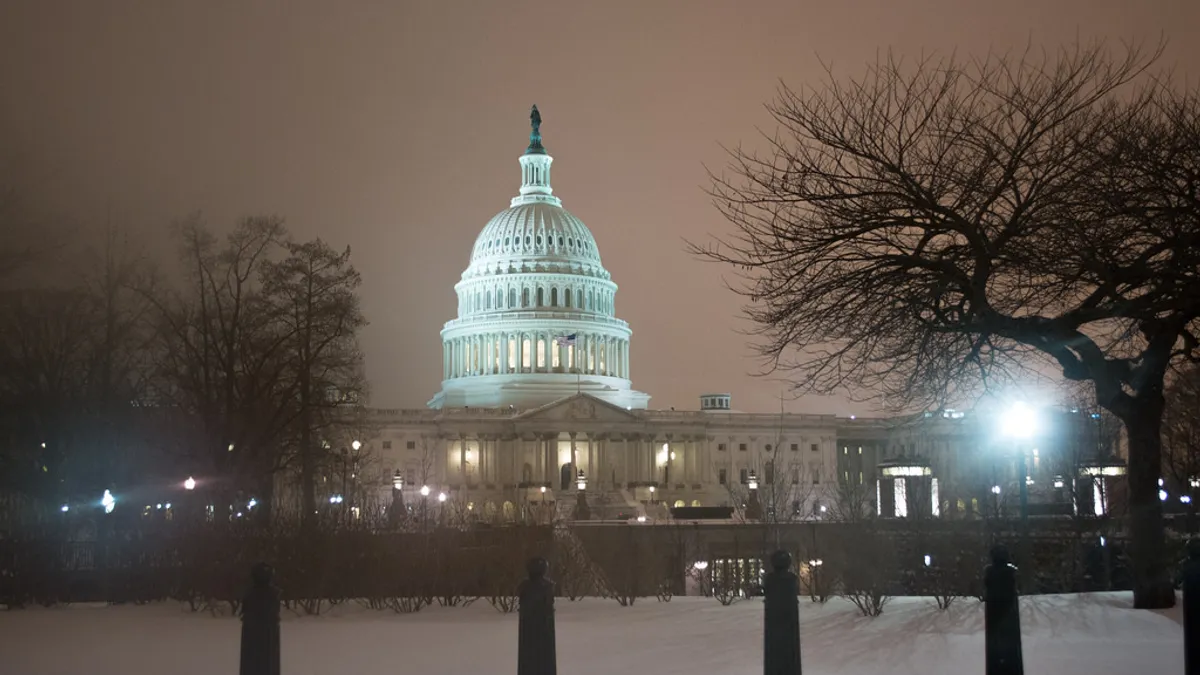Dive Brief:
- The $1.1 trillion omnibus spending package passed last year was broadly seen as a win for renewable generation, with extensions of tax credits for solar and wind power, but efficiency advocates say there was something for everyone in the bill, which also provided for rebates to homes, businesses and commercial buildings for installing energy efficiency measures.
- According to the Alliance to Save Energy, the bill reinstated or extended through this year a tax incentive of up to $500 for families that purchase qualifying energy efficiency products, as well as allowing home builders up to $2,000 to construct more efficient residences.
- The omnibus package also increased U.S. Department of Energy spending on efficiency, allocating $2.07 billion for the Office of Energy Efficiency and Renewable Energy, almost $150 million above last year's levels.
Dive Insight:
In the wake of media coverage surrounding the omnibus spending bill, efficiency advocates want you to know that it wasn't just wind and solar energy who were the big winners. The modest increase to efficiency funding, paired with tax credits for certain products and the development of new homes, could have a lasting impact, according to the Alliance to Save Energy.
“Energy efficiency is the gift that keeps on giving and with Congress’ action today, American families and businesses will have even more reason to make efficiency upgrades and investments since the 'up-front' cost will be lowered through the availability of tax incentives,” Alliance President Kateri Callahan said in a statement.
ASE also noted that programs like the Building Technologies Office, the Advanced Manufacturing Office and the Vehicle Technologies Office all received substantial funding increases, of 17%, 14% and 11%, respectively, over 2015 funding.
“Additional funding better positions DOE to fulfill its mission to make our economy more energy-productive,” Callahan said, adding that Congress should "double funding to energy efficiency programs administered by the DOE in the coming fiscal year as each public dollar invested not only saves money and energy but also benefits our environment.”
The $1.1 trillion spending bill was brokered just before the end of the year and extends the existing tax credits for wind and solar generation facilities for five years, then gradually decreases the credits until they phase out. By some estimates, solar installments could see a 54% boost over the existing policy, which would have allowed the solar investment tax credit to lapse at the end of this year.
The solar ITC would remain at 30% through 2019, then decline to 26% in 2020, 22% in 2021, and finally to 10% for non-residential and third-party owned residential systems, and 0% for host-owned residential. The bill includes a “commence construction” provision, allowing projects to come on-line by the end of 2023 and still qualify for larger credits.
For wind facilities, the current $0.023/kWh federal production tax credit would remain next year, and then decline 20% each year until it terminates in 2020.















